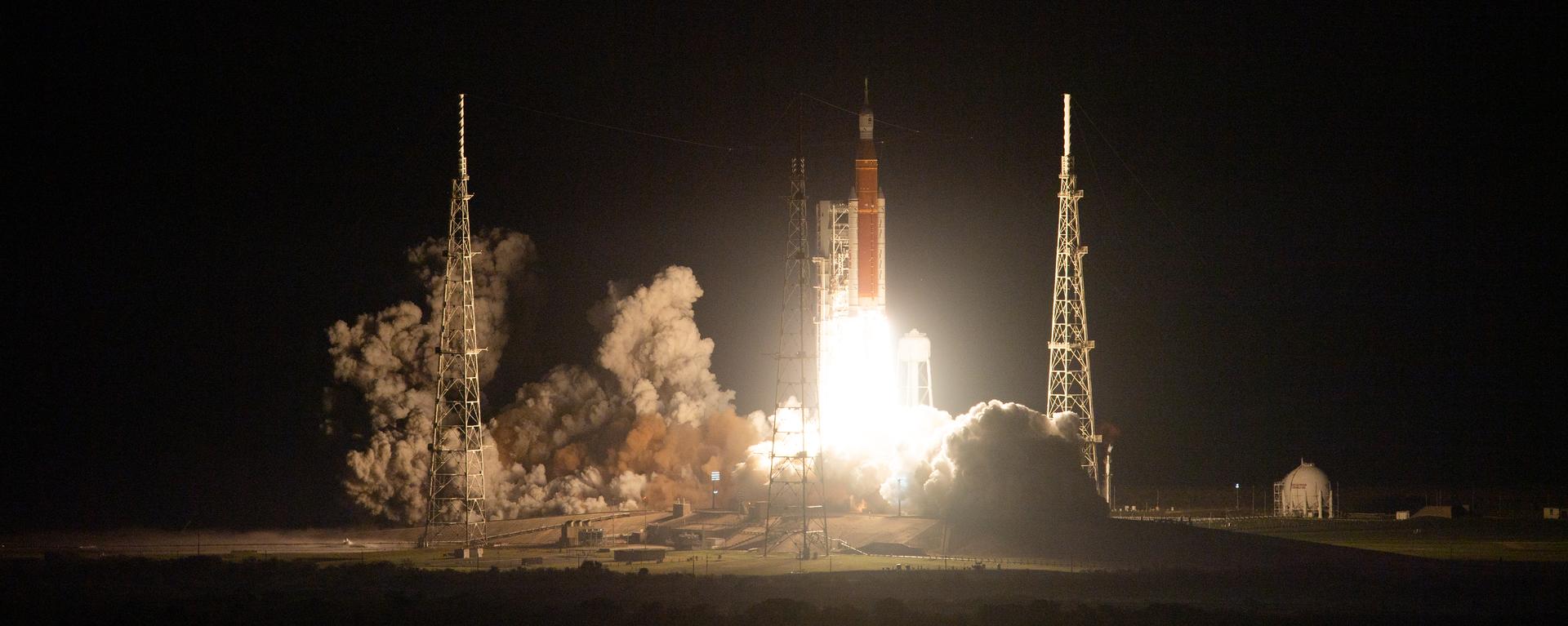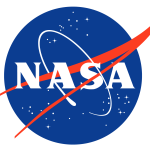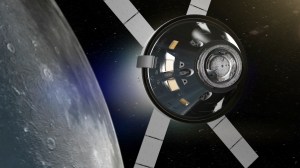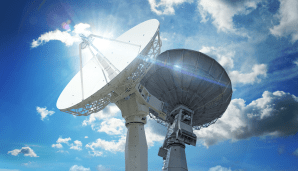4 min read
Volunteers Worldwide Successfully Tracked NASA’s Artemis I Mission

In the year since NASA’s historic Artemis I mission successfully launched, the agency has been analyzing data from its approximately 25-day journey around the Moon and back to Earth, including data submitted from volunteers around the world as they tracked the uncrewed Orion spacecraft.
The flight test, which launched on Nov. 16, 2022, atop the agency’s powerful SLS (Space Launch System) rocket, sent the Orion spacecraft nearly 270,000 miles beyond the Moon to test the integrated rocket and spacecraft for the first time before future crewed missions.
NASA’s Space Communications and Navigation (SCaN) program selected 18 participants to attempt to passively track the Orion spacecraft. The effort helped NASA gain a better understanding of external organizations’ tracking capabilities as it seeks to augment the agency’s capabilities for tracking future missions to the Moon, Mars, and beyond.
Ten volunteers successfully tracked the Orion spacecraft during Artemis I’s uncrewed flight test to and from the Moon.
The participants – ranging from international space agencies, academic institutions, commercial companies, nonprofits, and private citizens – attempted to receive Orion’s signal and use their respective ground antennas to passively track and measure changes in the radio waves transmitted by Orion. They took measurements during three phases of the mission: the spacecraft’s journey to the Moon, its orbit around the Moon, and the journey back to Earth.
We have spent the last few months really understanding what the data can mean for future Artemis or lunar tracking efforts.

John Hudiburg
SCaN Mission Integration and Commitment Manager
“We were happy with the engagement and have spent the last few months really understanding what the data can mean for future Artemis or lunar tracking efforts,” said John Hudiburg, SCaN Mission Integration and Commitment Manager.
Data collected from the participants was provided to Flight Dynamics Facility (FDF) analysts at NASA’s Goddard Space Flight Center in Greenbelt, Maryland, for evaluation.
“The public and industry sector’s response was very exciting,” said Flight Dynamics Facility liaison Juan Crenshaw. “It shows the worldwide interest in supporting the next era of human exploration. The Flight Dynamics Facility analysts found that the data showed promising results, with many of the participants successfully tracking Orion during its journey.”
To process the data, analysts combined it with operational data from NASA’s Deep Space Network and generated standard datasets that were easier to analyze. Analysts then compared this data against the actual Artemis I tracking data collected by engineers at NASA’s Johnson Space Center in Houston. This comparison allowed analysts to identify any errors or trends in the data.
Some of the data submitted also revealed certain challenges. These challenges included differences in the implementation of Consultative Committee for Space Data Systems (CCSDS) standards, formatting issues with the data, data quality issues. However, these challenges help NASA understand what information should be clarified for future tracking efforts.
“NASA gained an understanding of the broader community’s capabilities, the participating organizations got to show what they can do in terms of tracking, and the Flight Dynamics Facility learned how to analyze unconventional external tracking data,” said Flight Dynamics Facility Deputy Operations Director Jason Laing. “Now, we can take the lessons learned and apply them to potential tracking opportunities for future missions.”
SCaN serves as the program office for all of NASA’s space communications and navigation activities and supports the Artemis missions through both the Near Space Network and Deep Space Network. SCaN is a part of NASA’s Space Operations Mission Directorate at NASA Headquarters in Washington.
With Artemis missions, NASA is collaborating with commercial and international partners to explore the Moon for scientific discovery and technology advancement and establish the first long-term presence on the Moon. The Moon missions will serve as training for how to live and work on another world as NASA prepares for human exploration of Mars.
By Katrina Lee
NASA’s Goddard Space Flight Center, Greenbelt, Md
Share
Details
Related Terms
Click here for original story, Volunteers Worldwide Successfully Tracked NASA’s Artemis I Mission
Source: NASA Breaking News


